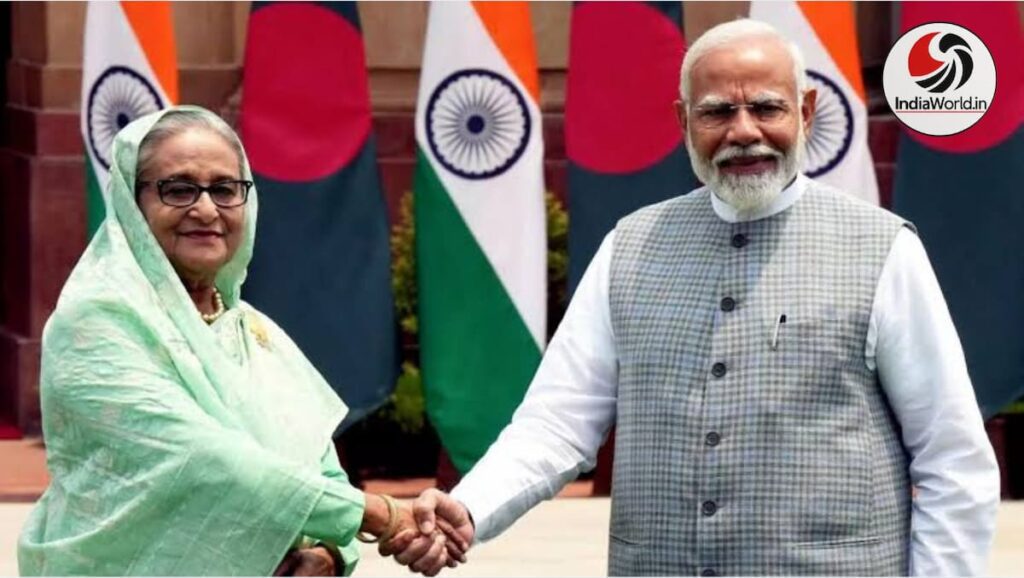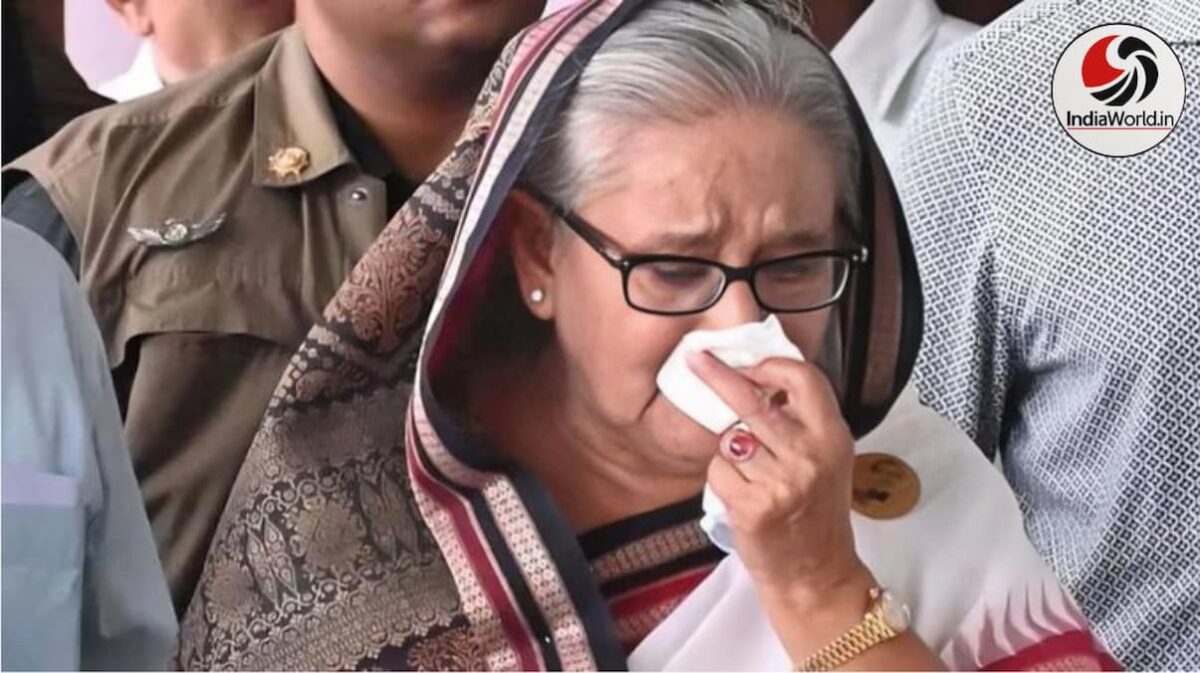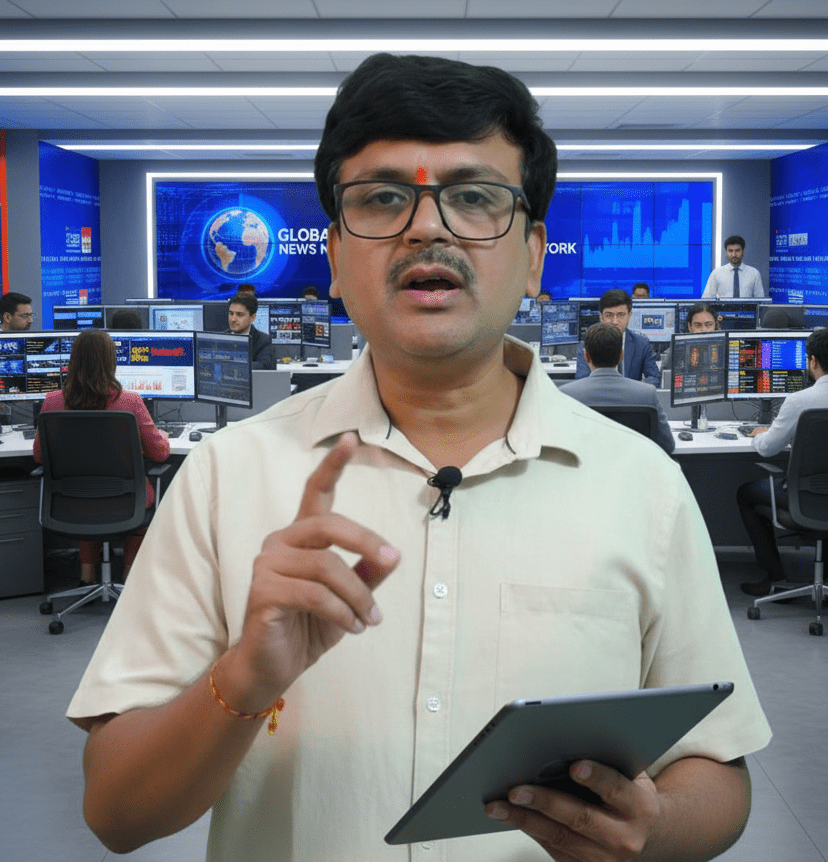FAQs on Bangladesh-India Relations and Key Figures
Below is a comprehensive FAQ section addressing your queries on Sheikh Hasina, Bangladesh-India dynamics, and related topics. Each question is answered based on verified historical and current (as of November 18, 2025) information for clarity and accuracy.
1. Why was Sheikh Hasina removed from power?
Sheikh Hasina, Bangladesh’s long-serving Prime Minister, was ousted on August 5, 2024, following a massive student-led uprising known as the “July Revolution.” The protests began in July 2024 over a controversial job quota system that reserved 30% of government positions for descendants of 1971 independence war veterans, which critics viewed as favoring Awami League loyalists. What started as demands for quota reform escalated into widespread anti-government demonstrations against Hasina’s authoritarian rule, including allegations of corruption, enforced disappearances, media suppression, and rigged elections. Security forces’ brutal crackdown—resulting in up to 1,400 deaths from gunfire, per UN estimates—fueled the revolt. Facing imminent capture as protesters stormed her residence, Hasina resigned and fled, ending her 15-year tenure. The military confirmed her exit, leading to an interim government under Muhammad Yunus.
2. Why did Sheikh Hasina come to India?
Hasina fled to India on August 5, 2024, seeking immediate refuge amid the violent uprising that toppled her government. She arrived via helicopter to Agartala, then by military transport to Hindon Air Force Station near Delhi, where she was received by India’s National Security Advisor Ajit Doval. India provided her a “safe house” in Delhi with full security, citing humanitarian grounds and long-standing ties—Hasina had been a key ally, cracking down on anti-India militants and hosting Rohingya refugees. This wasn’t her first exile in India; after her father Sheikh Mujibur Rahman’s 1975 assassination, she sought asylum there for six years. Her son Sajeeb Wazed noted India’s role as a “safe haven,” but Dhaka views it as interference, straining relations.

3. Does Sheikh Hasina have a husband?
Yes, Sheikh Hasina was married to M.A. Wazed Miah, a renowned Bangladeshi nuclear physicist, author, and former chairman of the Bangladesh Atomic Energy Commission. They wed on November 17, 1967, and had two children: son Sajeeb Wazed (a tech entrepreneur) and daughter Saima Wazed (a psychologist). Wazed Miah passed away on May 9, 2009, from heart disease. He supported Hasina during her early political career and exile in India after 1975. Hasina has not remarried and often honors his legacy in public statements.
4. Why is Bangladesh upset with India?
As of 2025, Bangladesh’s interim government and public are upset with India over several interconnected issues, exacerbating historical mistrust. Primarily, India’s refusal to extradite Hasina—sentenced to death in absentia on November 17, 2025, for crimes against humanity—despite Dhaka’s repeated requests under the 2013 extradition treaty, is seen as sheltering a “fugitive” and meddling in internal affairs. This has fueled anti-India sentiment, with protests and media portraying India as a “big brother” propping up authoritarianism. Other grievances include border killings (over 50 Bangladeshis annually), water-sharing disputes (e.g., Teesta River delays), trade imbalances, and India’s military buildup near the Siliguri Corridor amid Dhaka’s warming ties with China and Pakistan. Recent visa curbs on Bangladeshis for medical and student travel have hit hard, alienating citizens reliant on Indian healthcare. Economically, India’s restrictions on Bangladeshi exports and transshipment facilities are viewed as punitive, worsening bilateral trade strains.
5. Who became PM three times in India?
Atal Bihari Vajpayee, a founding leader of the Bharatiya Janata Party (BJP), served as Prime Minister of India three times: briefly in 1996 (13 days, May 16–June 1), from 1998–1999 (after the NDA coalition’s win), and from 1999–2004 (full term post-1999 elections). His tenures focused on economic reforms, the Pokhran nuclear tests, and peace initiatives with Pakistan, like the Lahore Summit. Narendra Modi is the second leader after Jawaharlal Nehru to win three consecutive full terms (2014, 2019, 2024), but Vajpayee’s three oaths match the query’s phrasing. Indira Gandhi and Nehru each served four terms, but not consecutively in Indira’s case.
6. Why is India not giving visas to Bangladesh?
India has imposed significant visa restrictions on Bangladeshis since mid-2024, primarily as a reciprocal measure amid bilateral tensions post-Hasina’s ouster. Citing staffing shortages at Indian Visa Application Centers (IVACs) in Dhaka, Chittagong, and other cities, India limited processing to emergencies, humanitarian cases, and urgent medical/student visas by late 2024, causing backlogs of over 2 million applications. This affects medical tourism (down 25–40% at Indian hospitals) and students, with thousands denied affordable care in Kolkata or Delhi. Dhaka views it as retaliation for its extradition demands and growing China-Pakistan ties, while India calls it administrative. As of November 2025, normal volumes haven’t resumed despite pleas during Yunus-Modi talks, further straining people-to-people ties. Bangladeshi citizens still need prior visas (no on-arrival for Indians either), but delays persist.
7. What is Bangladesh ranked in corruption?
In the 2024 Corruption Perceptions Index (CPI) by Transparency International (released February 11, 2025), Bangladesh ranks 151st out of 180 countries, slipping two spots from 149th in 2023. It scored 23/100 (down 1 point), the lowest in 13 years and second-worst in South Asia after Afghanistan (17/100). The index measures public sector corruption perceptions like bribery and nepotism; Bangladesh’s decline reflects ongoing issues under past regimes, with no improvement post-uprising. Globally, it’s 14th from the bottom, highlighting risks to democracy and stability.
8. How long can a PM serve in Bangladesh?
Under the current Constitution of Bangladesh (as amended up to 2014), there is no fixed term limit for the Prime Minister; they can serve indefinitely as long as they maintain parliamentary majority support, typically through five-year election cycles. The PM holds office at the President’s pleasure but must command Lok Sabha confidence. However, the 2025 Constitution Reform Commission (under Yunus) recommends a two-term limit (non-consecutive, even if shortened) to curb authoritarianism, inspired by Hasina’s 15+ years. This proposal, alongside caretaker governments and bicameral reforms, awaits ratification but signals a shift toward checks on executive power.






